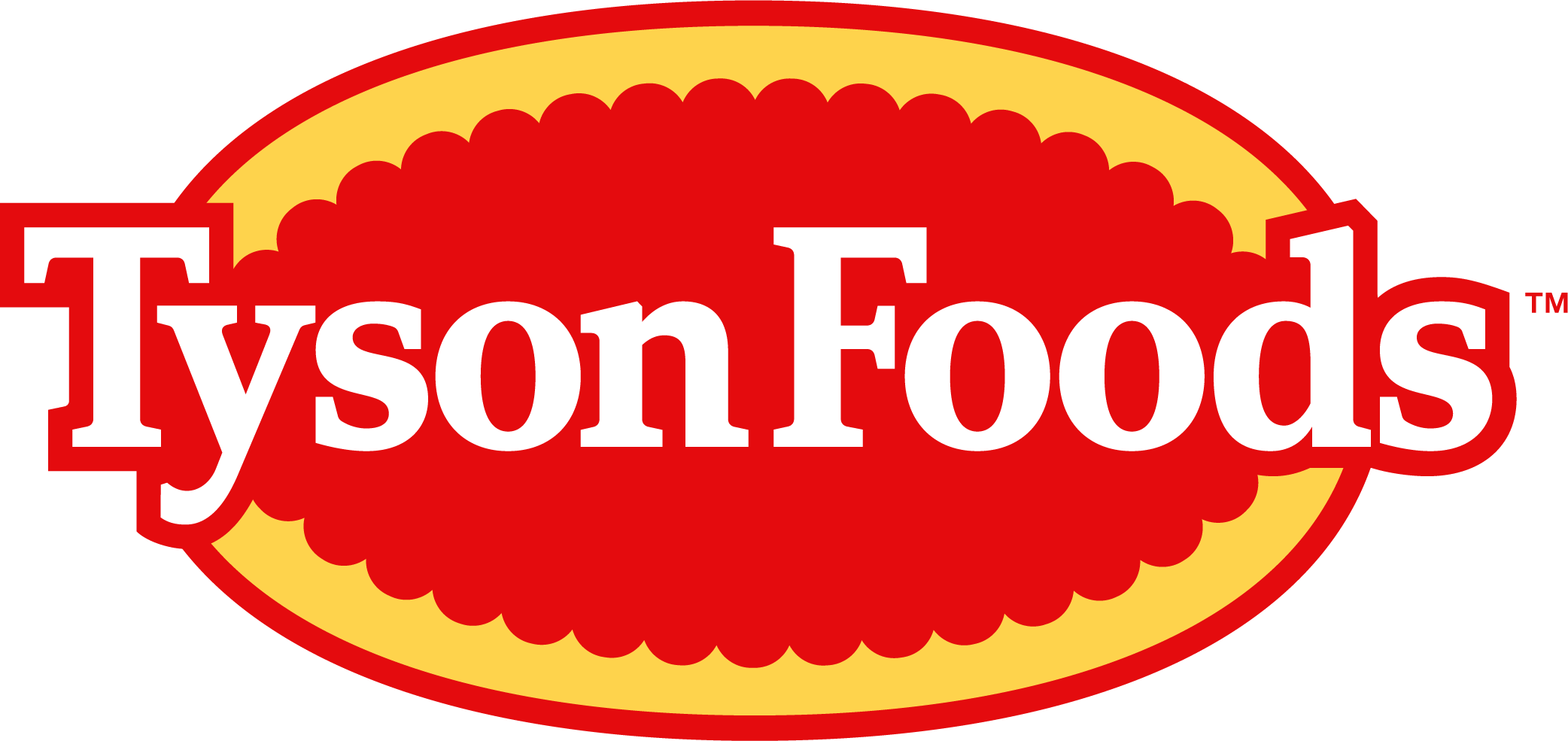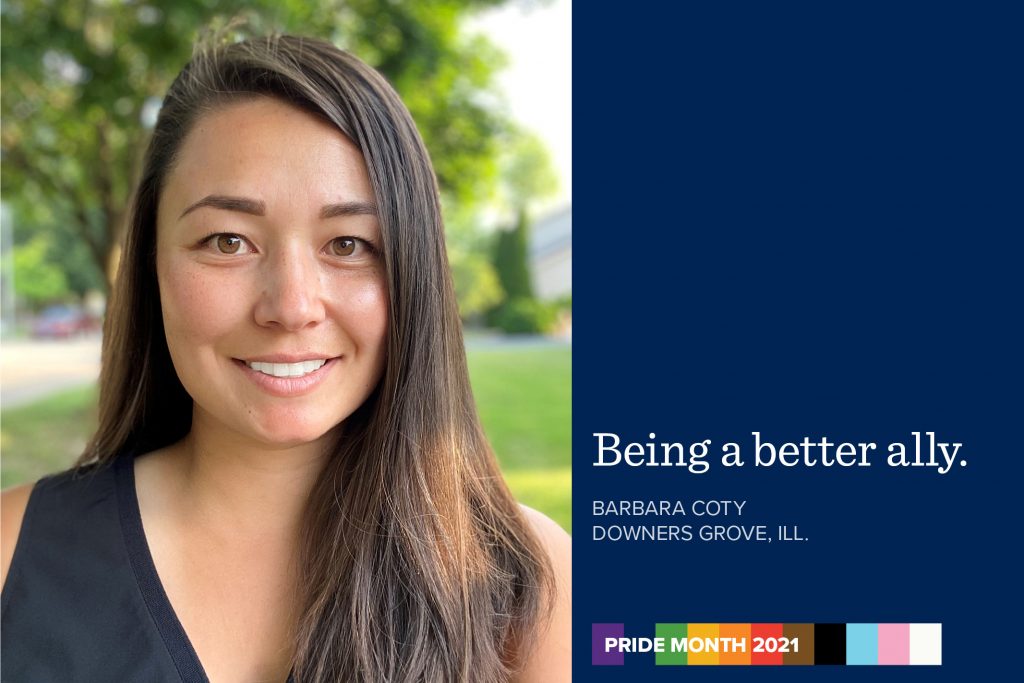“Do the best you can until you know better. Then when you know better, do better.” – Maya Angelou
People often think because I am chair of Tyson Foods’ Pride Network Business Resource Group (BRG), I am knowledgeable in all the best ways to be an ally. I strive to understand how the LGBTQ community is affected by our changing world; however, the truth is I am always learning.
In April, Pride Network BRG hosted a “Transgender Inclusion & Allyship 101” lunch and learn featuring guest speaker Dansen Mayhay, the community engagement and training coordinator at Center on Halsted, Pride Network’s key partner in Chicago. Part of this training included discussing sexual orientation, gender identity, and gender expression. Like others may have felt, I was not well versed in how these terms differed from one another before attending this educational session. Now that I have a greater understanding, I can help educate others:
- Sexual orientation: A person’s physical and/or emotional attraction to persons of the same and/or different gender.
- Gender identity: A person’s personal understanding of themselves as a man, woman, a blend of both, or neither. This is how individuals perceive themselves and what they refer to themselves as.
- Transgender (Trans): People whose gender identity is different from the sex assigned to them at birth.
- Gender Non-Binary: People whose gender identity does not fall into one of the two binaries (man or woman).
- Gender Non-Conforming: People whose gender expression is considered to not follow people’s ideas/stereotypes about how they should look based on their sex assigned at birth.
- Cisgender (Cis): Someone whose gender identity aligns comfortably with their sex assigned at birth.
- Gender expression: A person’s external appearance of one’s gender identity, usually expressed through behavior, clothing, accessories, verbalized gender identity (names, pronouns). Gender expression is cultural and varies across geography, ethnic background, religion, etc.
We also learned why it is important to use a person’s personal pronouns, and how they are as integral to a person as their name. Imagine how you would feel if someone used your name or pronouns incorrectly when referring to you. Transgender and gender non-binary people feel equally as disrespected as a cisgender person would.
If you make a mistake and use the wrong pronouns with someone, recognize you made a mistake and apologize: “I’m sorry for using the wrong pronoun/name. I didn’t mean to be disrespectful. What name do you go by and what are your pronouns?” or “I apologize. I am still learning, let me try again.”
Practice by introducing your own personal pronouns after your name when meeting someone and asking for their pronouns. This also quickly shares you are an ally to the LGBTQ community. Another way to share you are an ally is by including your personal pronouns in your email signature. It is a simple way to make clear to others how you want to be referred to.
I chose to add pronouns to my email signature after learning how important they were to a person’s identity. It is an easy way to share I am an ally, help educate others, and normalize discussions about gender. Making this small change can have a big impact. This simple gesture can help others feel more comfortable with who they are and bring their authentic selves to work each day.
For more resources, visit:

